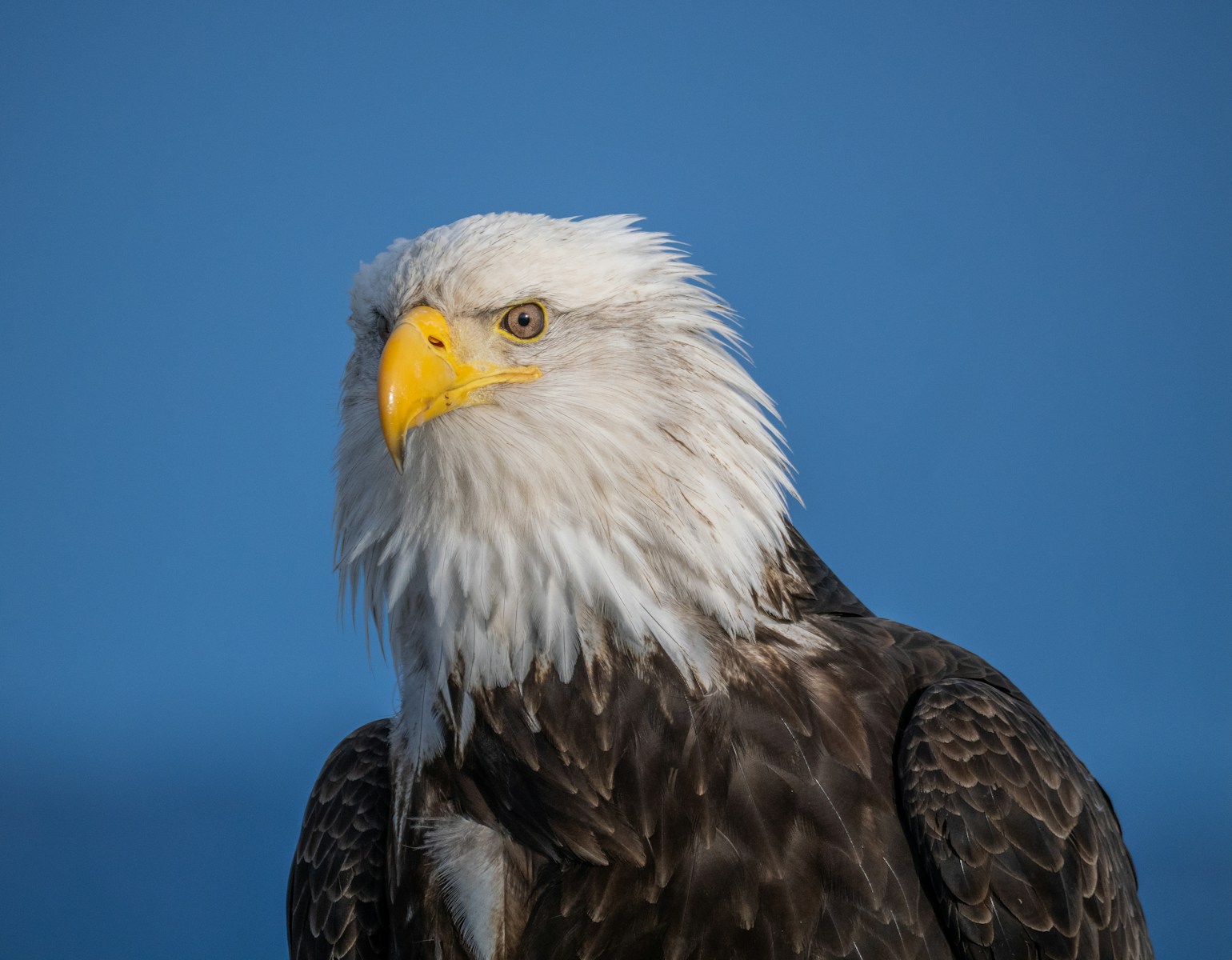America’s national bird, the majestic bald eagle, doesn’t select its nesting locations randomly. These iconic raptors evaluate multiple environmental factors before establishing their territories along lakes and rivers. Their selective nature ensures optimal conditions for raising their young and maintaining their population.
Understanding these preferences not only provides fascinating insights into eagle behavior but also helps conservation efforts ensure these birds continue to thrive in our ecosystems. From water quality to tree structure, each element plays a crucial role in the bald eagle’s decision-making process when choosing the perfect waterside real estate.
The Essential Water Connection
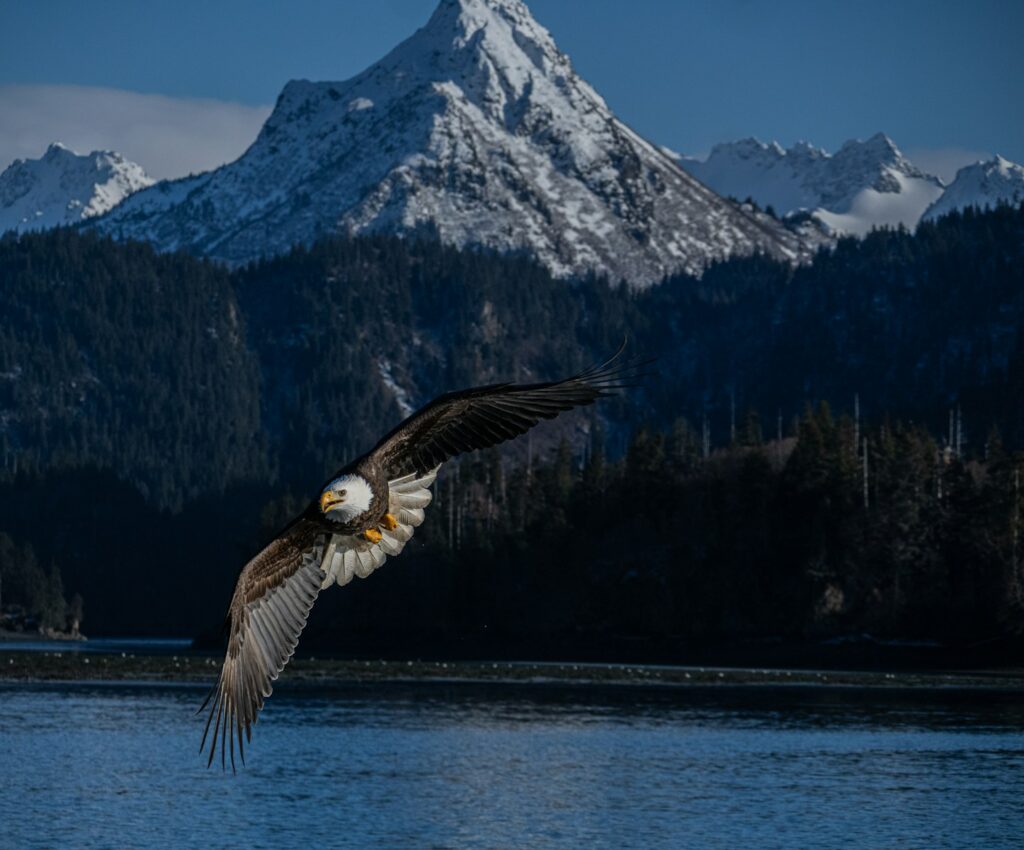
Bald eagles maintain an intrinsic connection to water bodies, with nearly all nesting sites located within one mile of lakes, rivers, or coastal areas. This proximity is primarily driven by their specialized diet, as fish constitute up to 90% of what they consume in many regions. Eagles require clear, relatively shallow water where they can easily spot prey from above while soaring or perching.
Additionally, water bodies provide natural boundaries for territories and offer protection from certain predators. The consistency of food availability near water sources is particularly crucial during nesting season when parent eagles must make frequent hunting trips to feed their rapidly growing eaglets.
Ideal Tree Characteristics
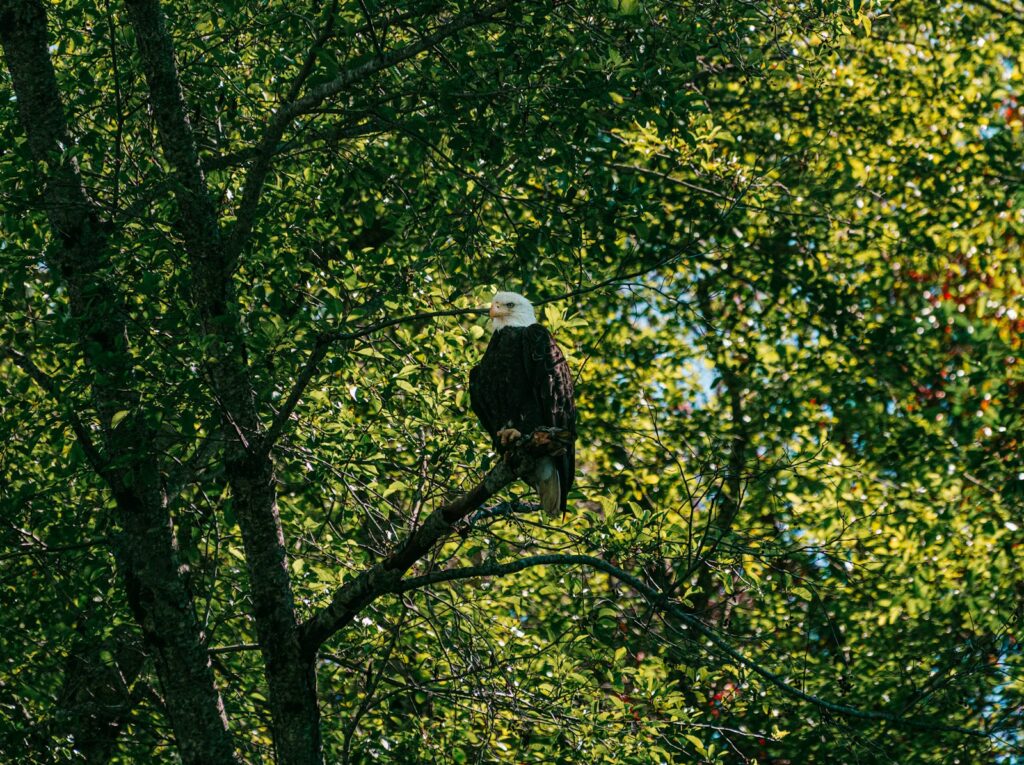
Not just any tree will satisfy a bald eagle’s nesting requirements—they typically select what biologists call “super-canopy trees.” These are mature trees that stand above the surrounding forest canopy, providing eagles with excellent visibility of their hunting grounds and potential threats. Eagles strongly prefer trees that are at least 75 years old with sturdy, broad branches capable of supporting their massive nests, which can weigh up to two tons after years of additions.
The most frequently chosen tree species include white pines, cottonwoods, Douglas firs, and cypress—all known for their height, strength, and longevity. The ideal tree also features an open branch structure near the top, allowing the large birds easy access to land and take off from their nest.
Topography and Landscape Features
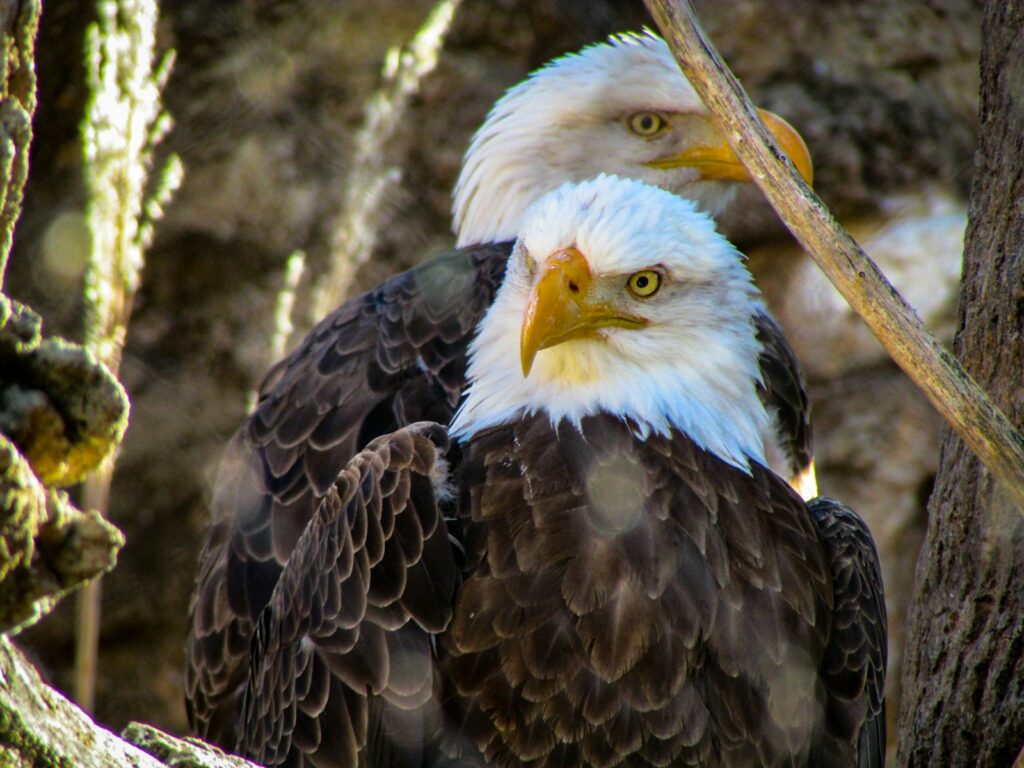
Bald eagles carefully assess the surrounding landscape when selecting nesting locations near water bodies. They typically prefer areas where water meets forest, creating an ecotone that maximizes hunting opportunities while providing nesting security. Habitat with diverse topography, including peninsulas, islands, or prominent shoreline features, often attracts eagles as these formations create varied fishing conditions and lookout points.
Eagles also show preference for shorelines with moderate to steep banks rather than gradual slopes, as this topography often correlates with deeper water close to shore where fish are abundant. In northern regions, south-facing slopes near water bodies are particularly valuable as they receive more sunlight, making them warmer microhabitats during harsh winter months.
Human Disturbance Factors
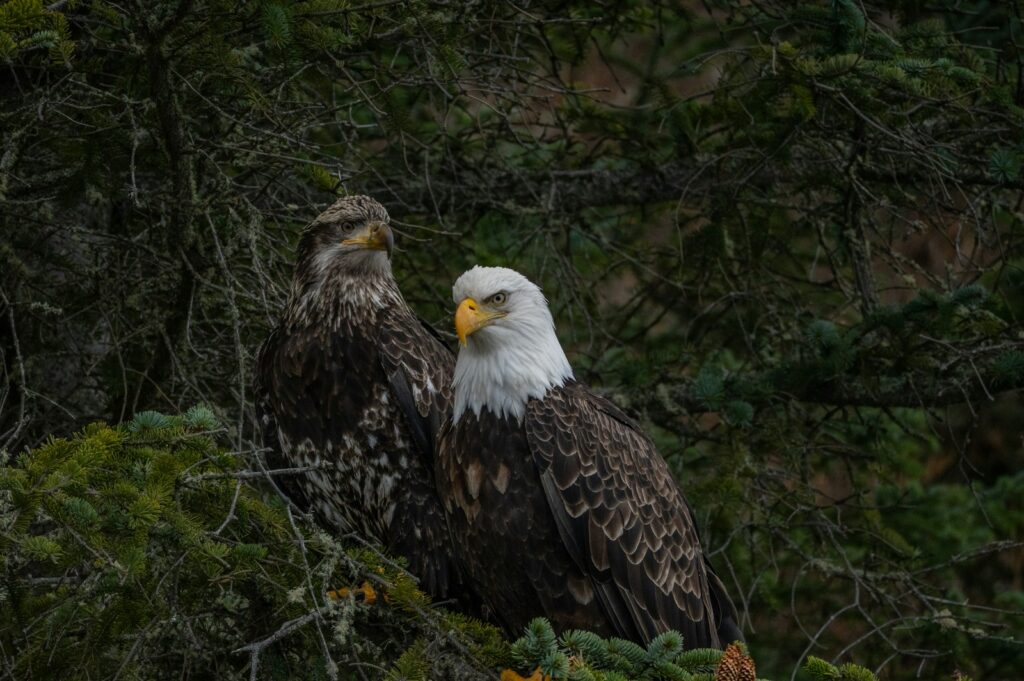
The presence and intensity of human activity significantly influence an eagle’s decision to nest near a particular water body. Despite their increasing adaptability, bald eagles generally avoid areas with constant human disturbance, especially during the sensitive nesting period from January through July. Research has documented that eagles prefer nesting sites at least 0.5 miles from human development and major roads, with greater distances providing higher nesting success rates.
Water bodies in protected areas, wildlife refuges, or regions with restricted boating access are particularly attractive to nesting eagles. Interestingly, once established, some eagle pairs can become habituated to predictable human activities, though sudden changes in disturbance patterns often lead to nest abandonment.
Fish Population Dynamics
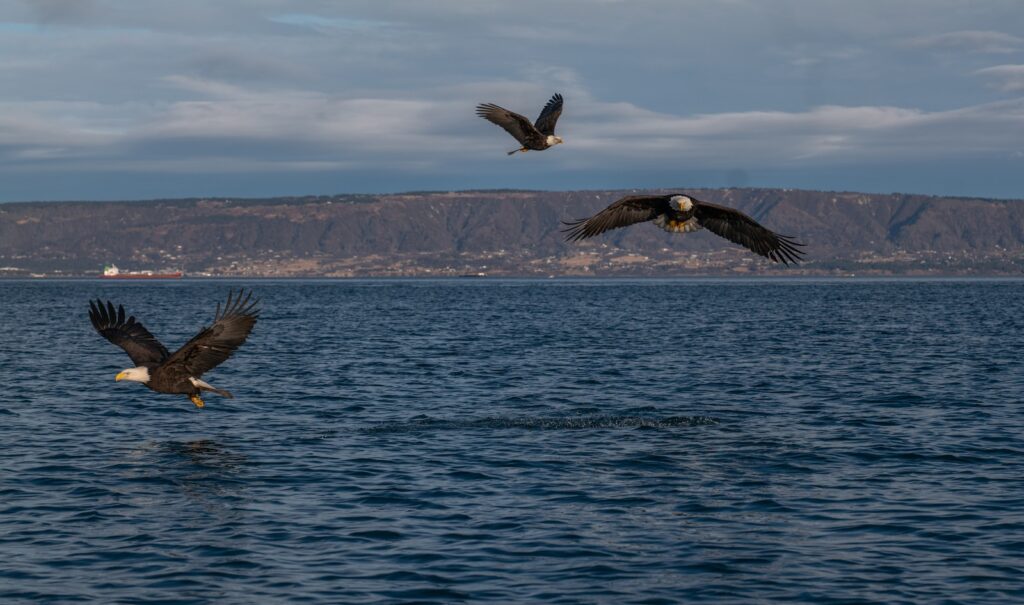
A lake or river’s fish population directly influences its attractiveness to nesting bald eagles. Eagles prefer water bodies with abundant, diverse fish species that provide year-round food security. They particularly favor locations where fish are vulnerable or easily accessible, such as spawning areas, shallow shoals, or below dams where fish may become disoriented.
Eagles show remarkable adaptability in their fishing strategies, targeting different species throughout the seasons based on availability and ease of capture. The most productive territories for eagles often feature water bodies with both resident fish populations and seasonal runs of species like salmon, providing consistent food resources during the demanding nesting period when eaglets require up to one pound of food daily per bird.
Water Clarity and Depth
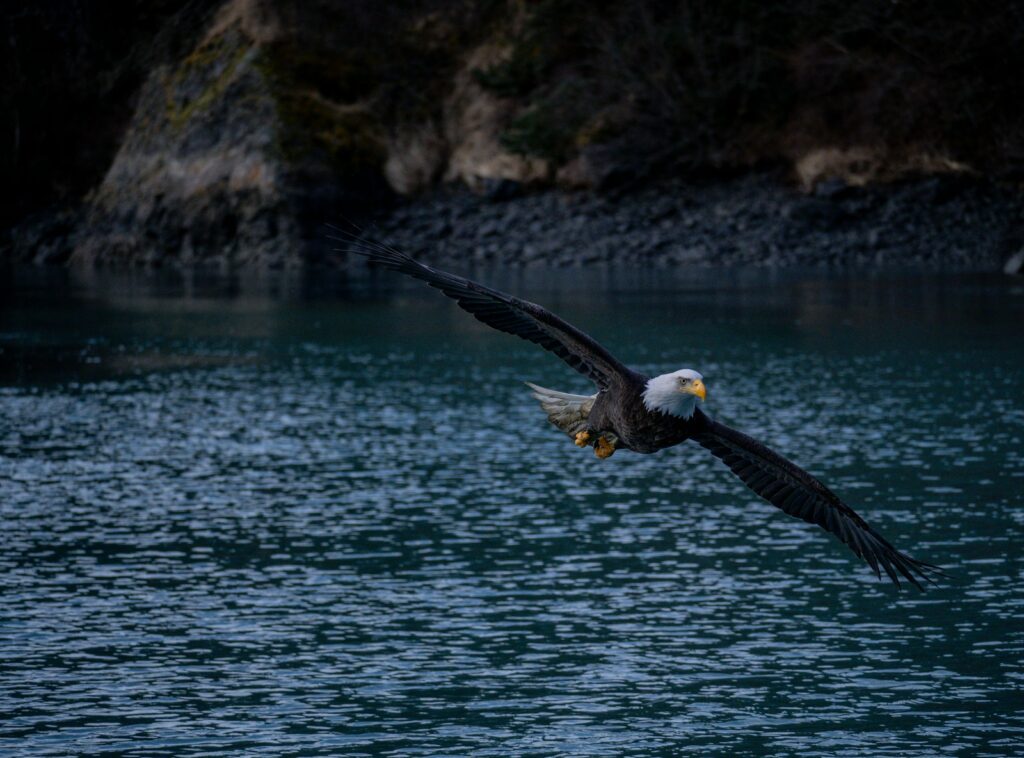
The physical characteristics of water bodies themselves strongly influence eagle habitat selection. Bald eagles strongly prefer clear waters where they can spot fish from heights of 50-100 feet during hunting flights. They typically avoid turbid or excessively deep lakes where prey visibility is limited.
Optimal fishing conditions for eagles occur in waters between 4-20 feet deep, where fish are both visible and accessible to their hunting technique of swooping down and grabbing prey with their talons. Shallow areas with underwater structures like fallen trees, rocks, or vegetation are particularly valuable as these features concentrate fish populations. Water bodies with fluctuating water levels can also be advantageous, as receding waters can temporarily trap fish in isolated pools, creating easy hunting opportunities.
Weather and Climate Considerations
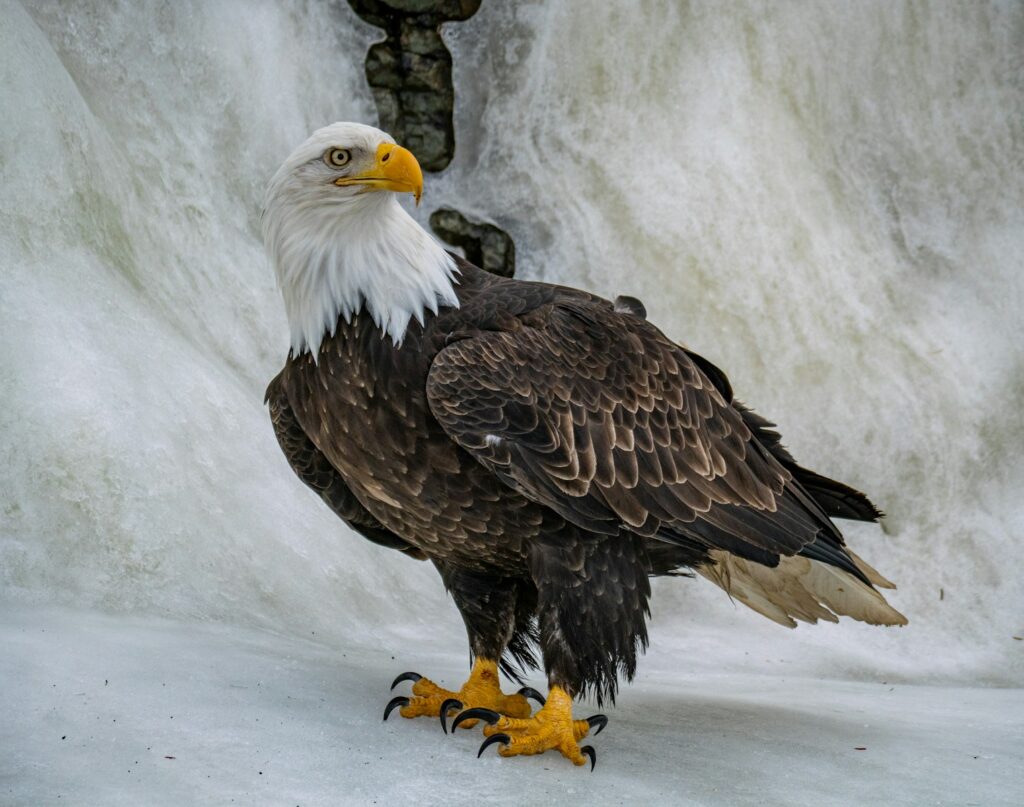
Climate factors significantly influence bald eagle nesting site selection near waterways. Eagles prefer regions where water bodies remain at least partially unfrozen during winter months, ensuring continuous access to their primary food source. In northern areas, they often select water bodies with rapids, outflows, or areas of water movement that resist freezing even in cold temperatures.
Wind patterns also influence nest site selection, with eagles typically choosing locations that offer some protection from prevailing storm directions while still providing necessary branch movement to cool nests during summer heat. Eagles in regions prone to severe weather events, such as hurricanes along coastal areas, often select more sheltered inland water bodies or nest sites positioned to minimize exposure to the strongest winds.
Territorial Spacing Requirements
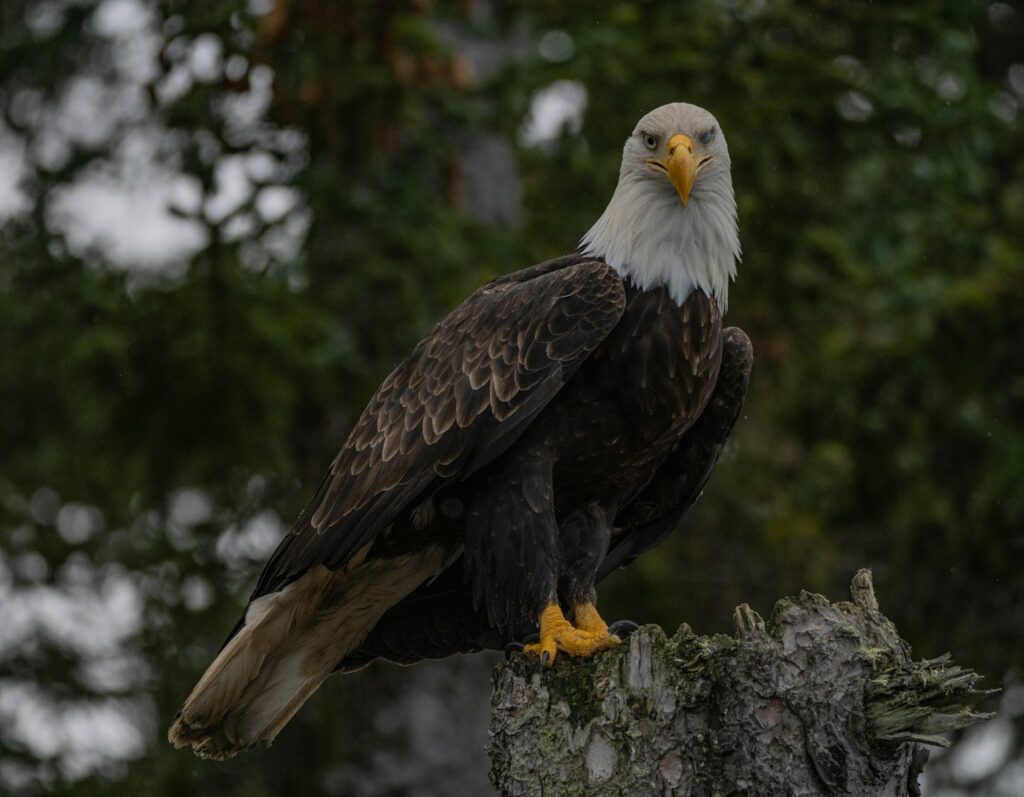
Bald eagles maintain specific territorial requirements when selecting nesting sites near lakes and rivers. A typical eagle pair requires approximately one square mile of suitable habitat, though this can vary based on resource availability and population density. In areas with abundant food resources, nests may be spaced as close as 0.5 miles apart, while in regions with more limited resources, territories might span several miles of shoreline.
Established pairs maintain territories for many years, often decades, returning to the same water body annually for nesting. Interestingly, larger lakes and river systems often support multiple eagle territories, with natural features like points, bays or islands creating visual barriers between nesting pairs, reducing territorial conflicts while allowing maximum utilization of productive fishing areas.
Alternative Food Sources

While fish form their primary diet, bald eagles selecting nesting locations also consider the availability of alternative food sources near water bodies. Lakes and rivers that support diverse waterfowl populations provide eagles with secondary prey options, particularly important during harsh winter conditions when fishing may be difficult. Eagles also opportunistically feed on mammals like rabbits and muskrats that inhabit shoreline areas, making riparian zones with healthy small mammal populations more attractive.
Water bodies located near agricultural areas sometimes appeal to eagles as they can scavenge winter-killed livestock or afterbirth from calving operations during early nesting season when other foods may be scarce. The presence of other wildlife, such as deer populations, also provides potential scavenging opportunities from winter-killed animals or wolf kills near water bodies.
Nest Site Fidelity and Historical Use
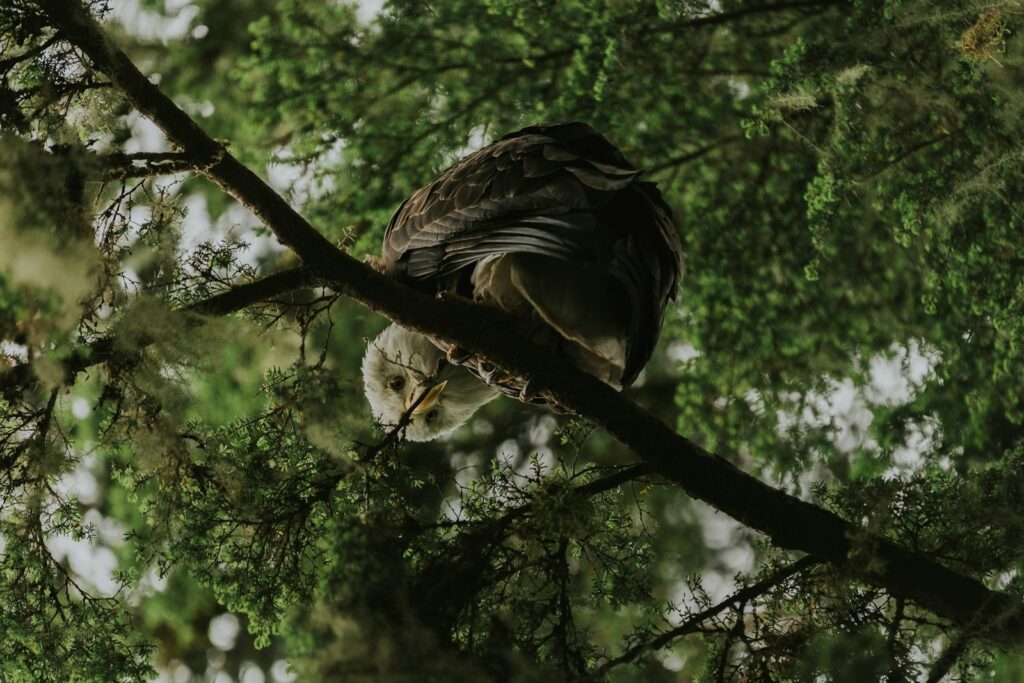
Bald eagles demonstrate strong nest site fidelity, repeatedly returning to the same lakes and rivers for breeding once they’ve established a successful territory. This attachment to specific water bodies can span decades, with some documented territories being continuously occupied by successive generations of eagles for over 50 years. Eagles often maintain alternate nest sites within their territory, typically constructing 2-3 nests over time along the same water body.
Historical use of a site by previous eagle generations also influences selection, as evidenced by eagles quickly reoccupying traditional nesting areas when populations recovered following the DDT ban. This preference for historically utilized water bodies likely reflects the consistent quality of these habitats in providing essential resources for eagle reproduction over time.
Water Quality and Environmental Health
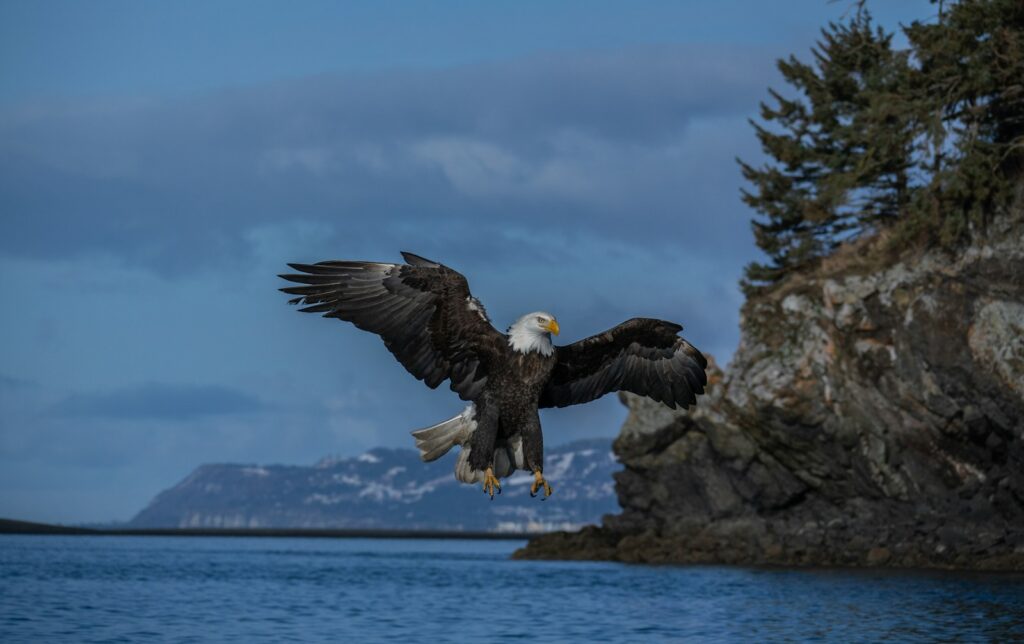
Water quality serves as a critical factor in bald eagle habitat selection, functioning as an indicator of overall ecosystem health. Eagles typically avoid heavily polluted water bodies, as contaminants can accumulate in fish and subsequently transfer to eagles through biomagnification, potentially causing reproductive failure or mortality. The historic decline of bald eagles during the mid-20th century was largely attributed to DDT contamination in aquatic systems, demonstrating their vulnerability to water pollution.
Eagles show particular sensitivity to mercury, lead, PCBs, and other persistent environmental toxins in their assessment of potential nesting sites. The dramatic recovery of eagle populations on many lakes and rivers following environmental regulations like the Clean Water Act illustrates how improved water quality directly benefits these top predators.
Perch Tree Availability
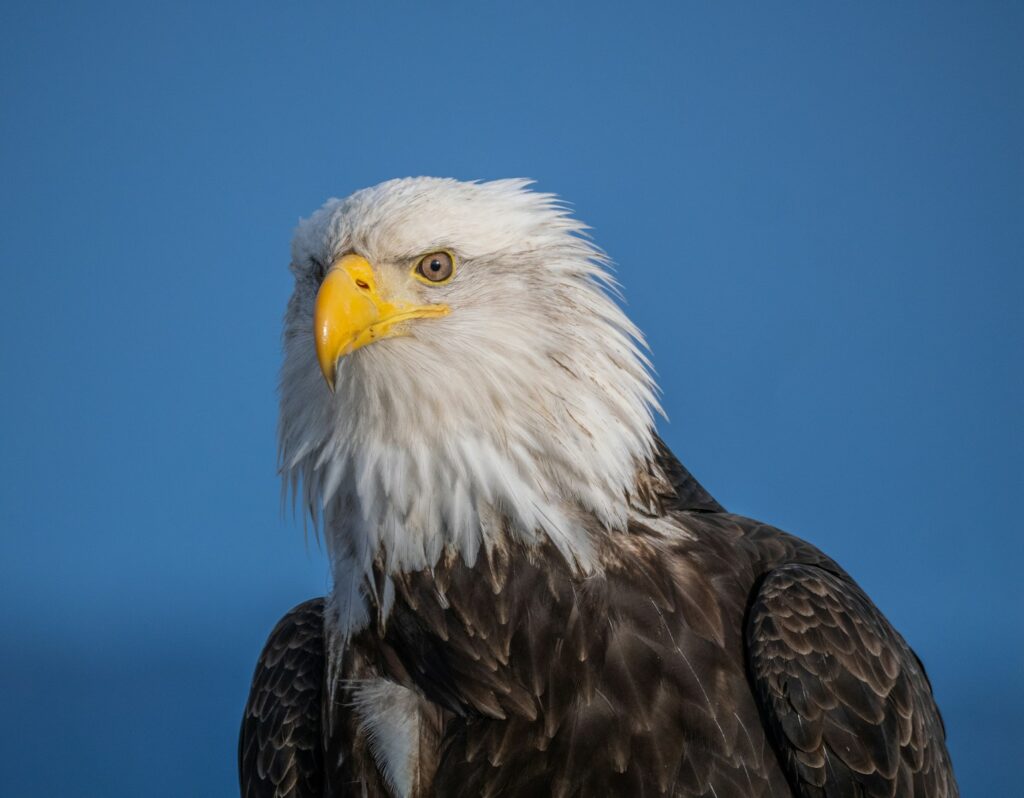
Beyond suitable nesting trees, bald eagles require abundant perching sites overlooking their chosen water bodies. Ideal hunting locations feature multiple large trees with strong, horizontal branches situated within 50 yards of the shoreline. These sentinel perches allow eagles to conserve energy while surveying for prey, providing clear flight paths to the water’s surface for fishing attempts.
Eagles will use different perches strategically based on sun position, wind direction, and fishing conditions throughout the day. Research has documented that territories with at least 3-4 quality perch trees per quarter mile of shoreline are significantly more likely to support successful nesting pairs. Interestingly, eagles often select dead or partially dead trees for perching, as the reduced foliage provides unobstructed views and easier landing opportunities.
Conservation Implications
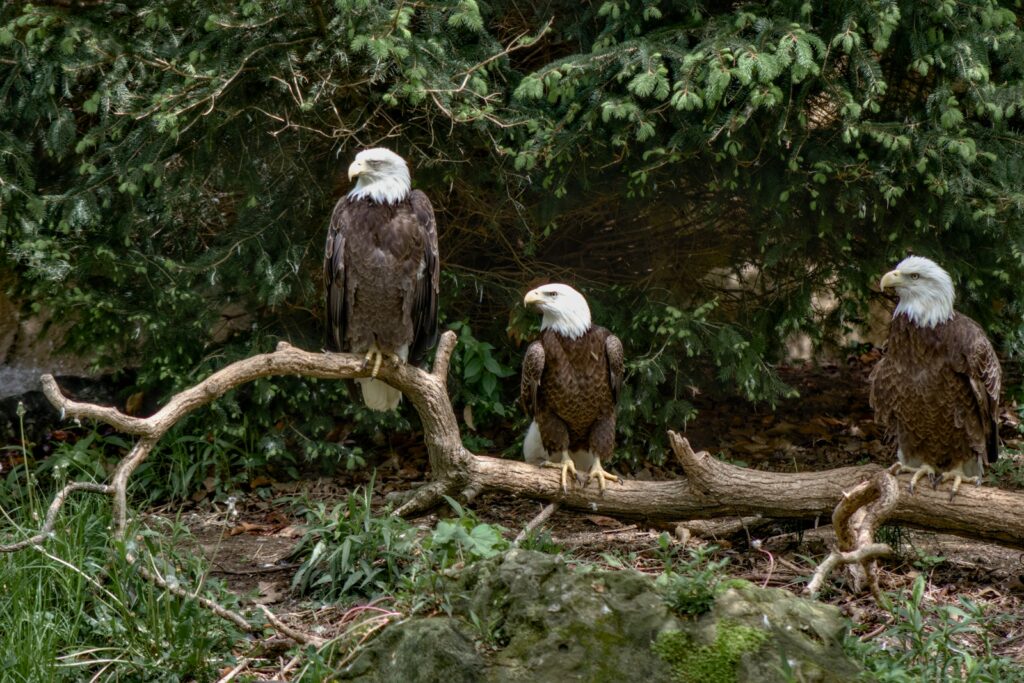
Understanding why bald eagles select certain lakes and rivers has profound implications for wildlife management and conservation efforts. Protected buffer zones around eagle nesting sites, typically ranging from 330 to 660 feet depending on local regulations, help maintain the conditions that originally attracted the birds. Long-term conservation success requires preserving not just individual nest trees but entire lakeside or riverine ecosystems that provide comprehensive habitat needs. Artificial nesting platforms have been successfully implemented on some water bodies where natural nesting structures are limited but other habitat qualities remain favorable. Climate change presents new challenges, potentially altering fish populations, water levels, and tree species composition in traditional eagle territories, making adaptive management approaches increasingly important for maintaining suitable nesting conditions near our nation’s waterways.
The selective nature of bald eagles in choosing their nesting locations near lakes and rivers reveals much about their ecological requirements and behaviors. From specific tree characteristics to water quality, fish abundance, and human disturbance levels, these magnificent birds evaluate numerous factors before establishing their territories. Their preference for mature trees overlooking productive, clean waters in relatively undisturbed areas emphasizes the importance of comprehensive ecosystem protection. As bald eagle populations continue to recover across North America, their discriminating habitat choices remind us that conservation success requires attention to the complex interplay of environmental factors that support wildlife. By protecting the special characteristics of lakes and rivers that attract nesting eagles, we ensure these iconic birds will continue to soar above our waterways for generations to come.

